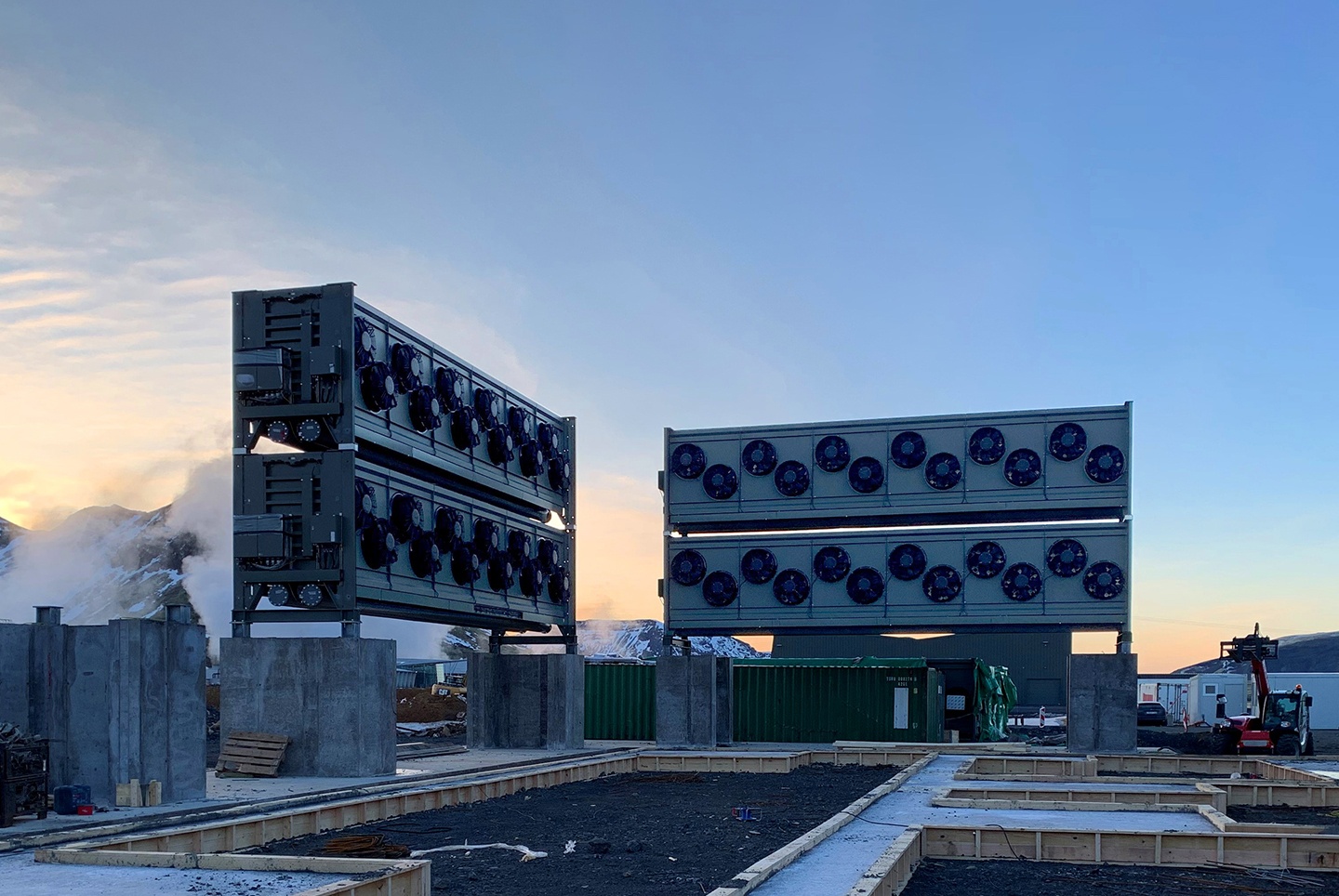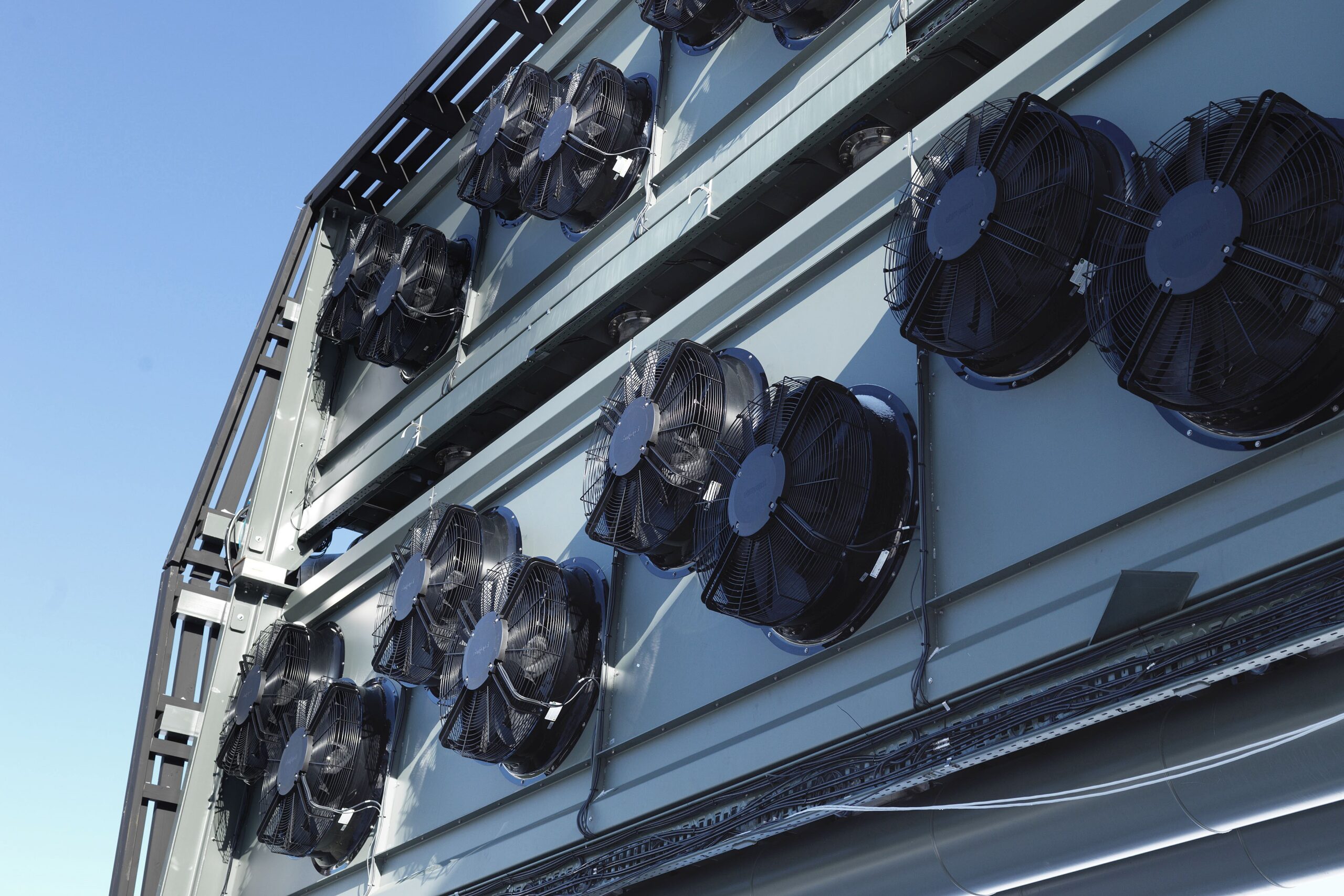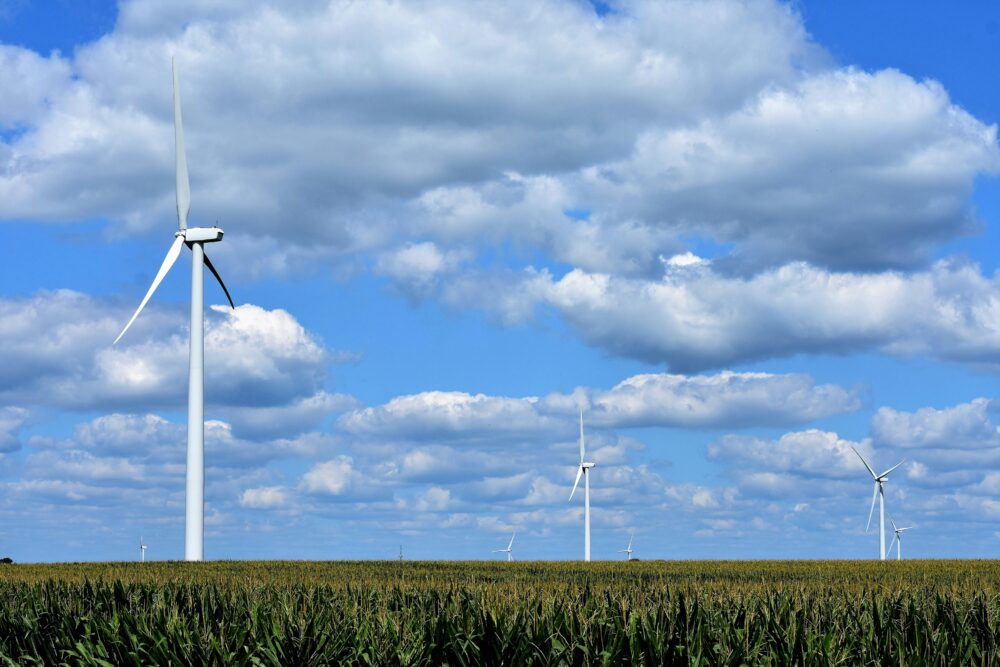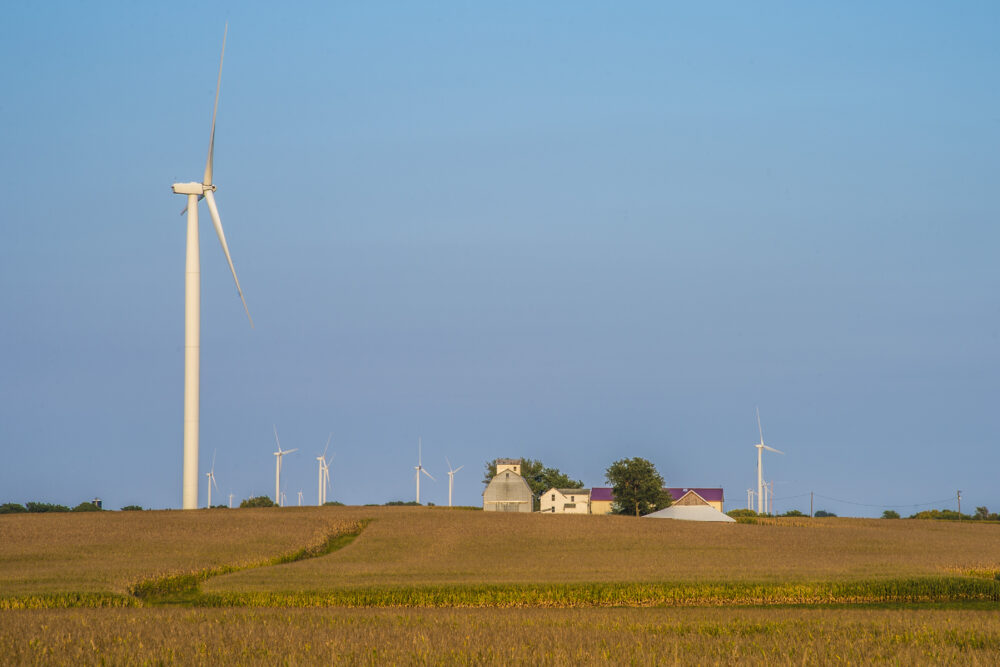We have much more to do and your continued support is needed now more than ever.
Removing Carbon Emissions from the Air
Approaches Domestically and Abroad

Direct Air Capture (DAC) is a climate tool that removes carbon dioxide from the ambient air. Since our natural carbon sinks like forests and oceans are overwhelmed, excess emissions have built up in the atmosphere and are warming the planet. Scientists refer to these emissions as legacy emissions. The technology separates carbon dioxide (CO2) from air that passes through a very fine filter with chemicals that bind to the CO2. The separated CO2 is then condensed and either sold for other industrial uses, such as the CO2 in carbonated beverages, a feedstock for industrial products like plastics, or stored permanently underground.
Since the signing of the 2021 Bipartisan Infrastructure Law and the 2022 Inflation Reduction Act, the United States has invested billions of dollars in DAC, alongside emissions reduction tools, to help combat the effects of climate change.

Urgent need for DAC
The Intergovernmental Panel on Climate Change estimates that between 100 and 1,000 gigatons of CO2 will need to be removed via DAC and other strategies over this century to prevent the worst effects of climate change. The range of 100 to 1,000 gigatons is intentionally wide. The amount of CO2 that we need to remove depends on how quickly we can reduce emissions from other sectors. If renewables are rapidly implemented across more sectors, there will be less new CO2 entering the atmosphere to remove.
Unfortunately, even if the world transitioned to all renewable energy sources today, there would still be lingering emissions that must be removed to prevent further warming, so some amount of DAC or other carbon removal strategies will be required. Luckily the U.S. is not the only country investing in DAC; some countries are in the same deployment phase as the U.S., but others have been using the technology for years and can offer insights to those who are earlier in the deployment process.
Existing DAC facilities
As of 2024, there are 18 active DAC plants operating in Canada, the U.S., and Europe. There are plans in various stages of development for 130 additional DAC facilities worldwide. A Swiss company, Climeworks, built a facility in Iceland that was the first to capture and store CO2 in the same facility. The facility, named Arctic Fox, became operational in 2017 and captures and stores up to 50 tons of CO2 per year.
In addition to Arctic Fox, Climeworks has two other operational DAC facilities, in Iceland and Switzerland, which can capture 50 to 4,000 tons of CO2 per year. Norway is also developing a DAC plant; when operational this facility will begin by capturing 500,000 tons of CO2 annually, and eventually increase to capturing 1.5 million tons per year. This CO2 will be transported via pipeline to an offshore storage site, deep underground in a saline aquifer.

Planned Projects
The U.S., Canada, the EU, the UK, and Japan have plans to deploy DAC facilities to help achieve their climate goals. One Kenyan company, Octavia Carbon, is looking to use Kenya’s geothermal energy infrastructure and CO2 storage-friendly geology to create the first DAC facility in the Global South.
Through the Bipartisan Infrastructure Law, the U.S. has invested $3.5 billion to fund regional DAC hubs to help accelerate the deployment of DAC in the country. Private industry is also investing in DAC – one of the most notable examples in the U.S. is a facility planned for southwest Texas, in the Permian Basin, slated to open in 2024 and capture 500,000 tons of CO2 per year initially, eventually ramping up to capture one million tons of CO2 annually.
Considerations
It is important to note that the DAC process requires a great deal of energy input and is currently very expensive. Carbon dioxide in the ambient air is very diluted, so it takes a lot of processing and heat to collect and condense the CO2 from the air passing through the filters. Thus the type of energy used to power DAC matters if we want it to meaningfully reduce emissions. If a DAC machine is powered by an energy source that emits carbon, it has the potential to add more CO2 into the air than it removes. For DAC to be truly carbon-negative it needs to be powered by renewable or zero-carbon energy.
Countries like Iceland that have easy access to surplus renewable energy are well positioned to run DAC plants in a carbon-negative way; all of Climeworks’ facilities in Iceland, for example, run off of geothermal energy while their first commercial scale pilot program in Switzerland runs off of waste heat from a neighboring facility.
DAC is just one of many solutions that will help keep the world on track to avoid the worst consequences of climate change. As countries continue to develop and deploy the technology and as the renewable energy grid continues to expand, it should become a more affordable way to reduce legacy emissions and play a role in the fight against climate change.





















